Kaner Plant | Cascabela Thevetia – Plants
₹399.00 – ₹1,249.00
- Live plant along with the plastic pot.
- Plant height is 18-24 inches in 6 inches pot.
- Multiple branches/ Plant height is 24-36 inches in 8 inches pot.
- Plants nature is outdoor.
- Useful for big/small gardens.
- Best flower plants & beautiful color texture on leaves.
- Assured Safe Delivery With Easy Replacement.
Description
Description
Kaner Plant (Oleander – Lucky Nut)
The Kaner Plant, also known scientifically as Cascabela Thevetia, is a wonderful addition to any garden. This plant’s natural home is tropical Mexico and Central America, demonstrating its resilience to hotter climes. Its tiny stature (up to 3-5 feet) makes it an excellent choice for small gardens and containers.
Nature has endowed this plant with gorgeous evergreen leaves and trumpet-shaped flowers ranging in color from yellow , pink and white to peach, bringing a touch of elegance to any landscape. However, while its beauty is enticing, all parts of the Kaner Plant contain hazardous substances and should be handled with caution.
One of its distinguishing characteristics is its toughness. This plant can grow in a variety of soil types and is drought-tolerant once established, making it an ideal low-maintenance alternative. Its ability to attract pollinators such as butterflies and birds adds to its distinctiveness.
In conclusion, the Kaner Plant is an eye-catching, low-maintenance addition to gardens that will beautify your outdoor space and provide a touch of the exotic. However, due to its toxicity, always use caution, especially if you have kids or pets.
Caring Tips:-
Sunlight: Allow your Kaner Plant to receive at least 6-8 hours of direct sunlight per day. It thrives in direct sunlight, which encourages robust growth and prolific flowering.
Soil: Plant your Kaner in well-drained soil to avoid waterlogging. For container planting, use a blend of potting soil and sand or perlite.
Watering: While the Kaner is drought-tolerant once established, it must be watered on a regular basis during the growing season. Allow the top inch of soil to dry between waterings, and water less in the winter.
Fertilization: During the growing season (spring and summer), feed your plant a balanced, slow-release fertilizer to create lush foliage and blossoms.
Pruning: Prune your Kaner Plant to keep it in shape, and remove any dead or damaged branches.
Additional information
Reviews (0)
You must be logged in to post a review.
You may also like…
-
27% OFF
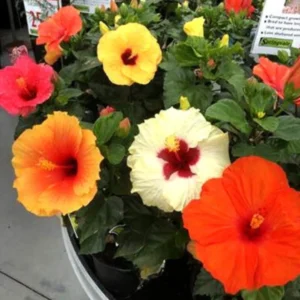
Hibiscus Flower Multicolored (Combo Pack of 3 Plants)
₹1,199.00 Add to cart -
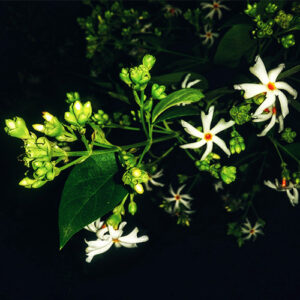
Parijat Plant | Night flowering Jasmine – Plants
₹299.00 – ₹1,249.00 Select options -
20% OFF
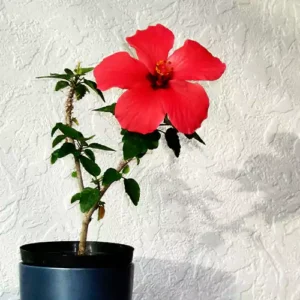
Desi Hibiscus Flower Plant, Gudhal – Red
₹199.00 Add to cart -
9% OFF

Amla plant, Indian gooseberry, Phyllanthus Emblica (Chakaiya) – (Grafted)
₹499.00 Add to cart

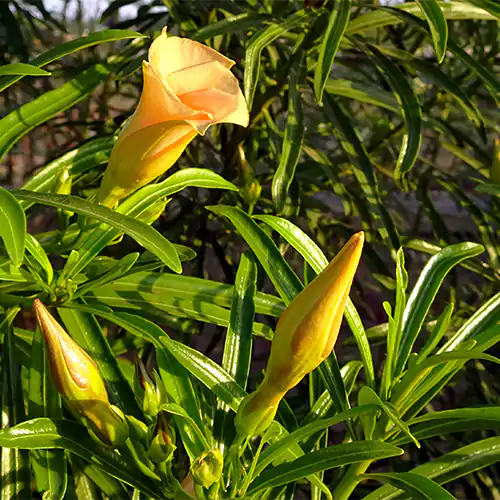

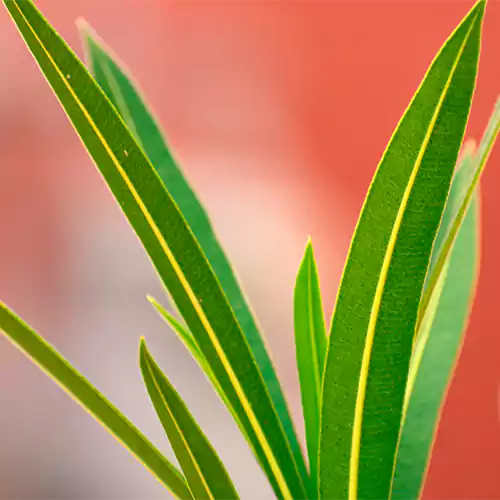
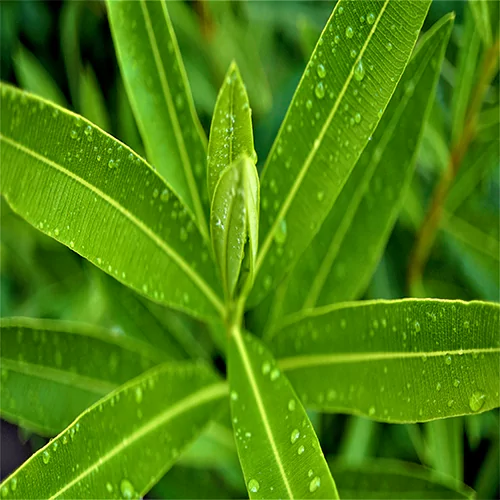
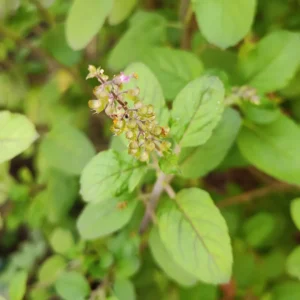
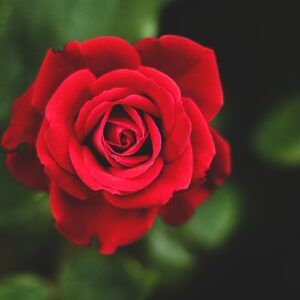
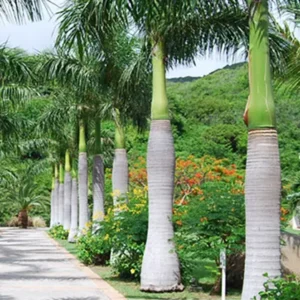
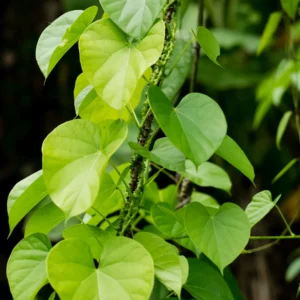
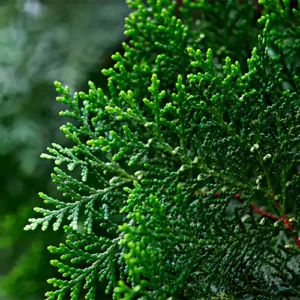
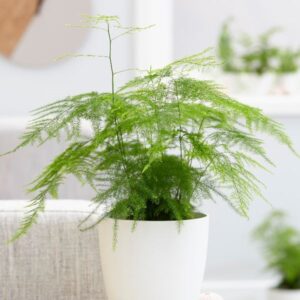
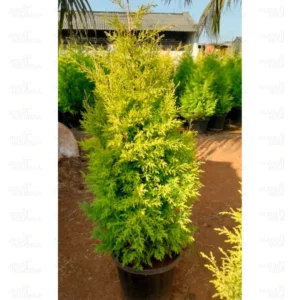
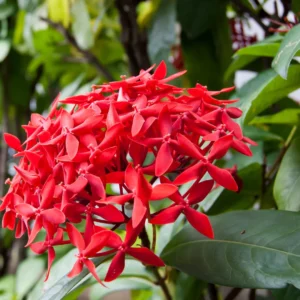
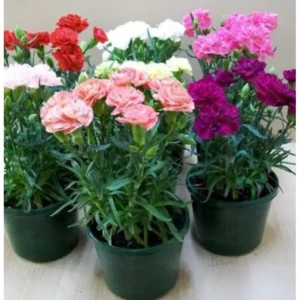
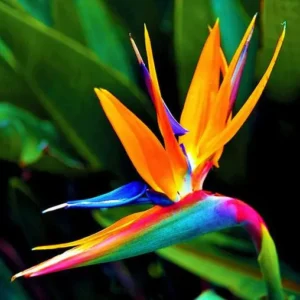
Reviews
There are no reviews yet.